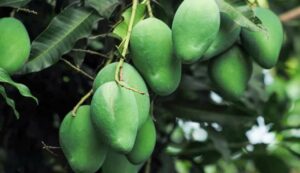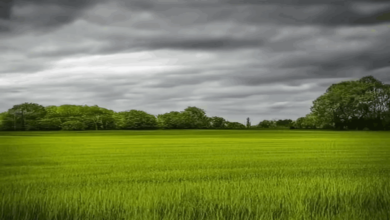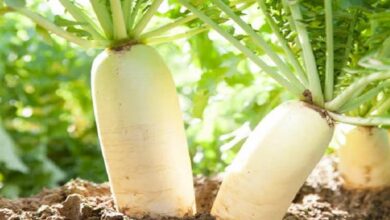Mango Cultivation: Do these things to protect mango crop from bees and fruit borer pests
Mango Cultivation: Given the current environmental temperature rise, farmers are cautioned that a variety of insects target mangoes, with the red-striped fruit borer and mango honeybee bug being the most prevalent.

The Madhua insect
The brown stem honeybee is another name for the madhua bug. It is very detrimental to mangos. By consuming the buds, leaves, and stems’ fluid, this insect destroys the crop by causing the bud to dry out. A material similar to honey is deposited on the fruits and foliage as a result of the honeybee infection, and mold grows there. Mango fruit quality is negatively impacted as a result. Use Imidacloprid 17.8 SL 1 ml in 3 liters of water or Acefate 75 SP 1 gram per liter of water to prevent honeybee insect infestation.
Fruit borer with red stripes
A major issue for the mango crop is the red-striped fruit borer, which burrows holes in the fruit and breaks the stone, causing the mangoes to rot and fall. To prevent this, apply a solution of Chlorpyrifas and Cypermethrin to the tree’s trunk in January. If spraying is not possible, use Alphamethrin 10 EC at a rate of 1 milliliter per liter when the fruit is pea-sized, and repeat the application after 15 to 20 days.
In order to maintain moisture in the garden soil, farmers are also encouraged to continue watering the mango and litchi plants as needed. Fruit dropping is more likely when there is little moisture. Additionally, it negatively impacts the fruit’s general growth. If there is a greater issue with fruit dropping, combine 1 milliliter of Planofix with 4 liters of water and apply a sticker. As a result, fewer fruits fall.





